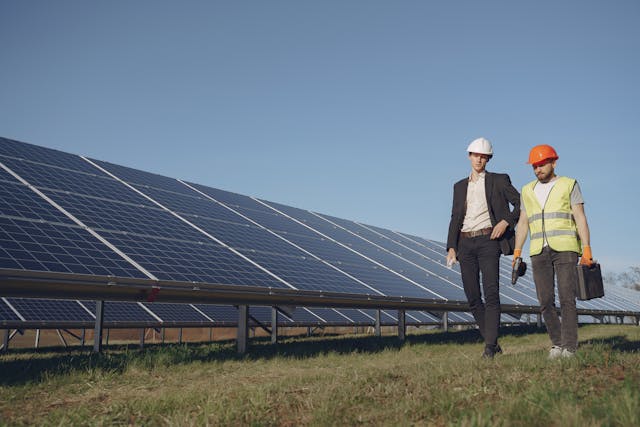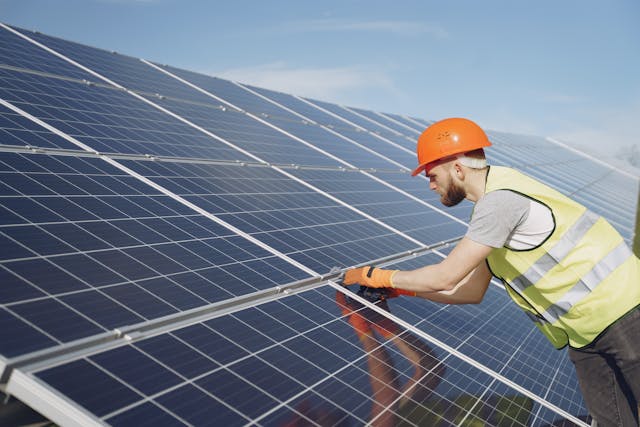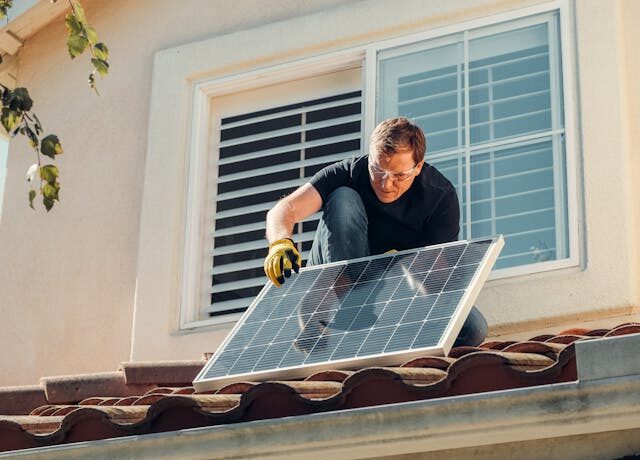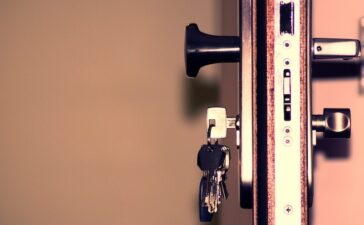Sustainable living is no longer a niche trend; it has become a practical lifestyle choice for homeowners looking to reduce expenses while making a positive impact on the environment. Across Australia, households are recognising that eco-friendly home improvements not only help reduce carbon footprints but also lead to significant long-term financial savings. From solar energy solutions to smarter water usage, small and large upgrades alike can transform your home into a more efficient, cost-effective space.
One of the most exciting developments making waves in energy-efficient living is Australia’s new home battery rebate. By making home batteries more accessible and affordable, this initiative gives households the opportunity to store renewable energy for use around the clock—dramatically reducing power bills and reliance on the grid. But this is just one of many options available to homeowners.
In this blog, we’ll explore a range of eco-friendly home improvements that not only make your home more sustainable but also help lower your everyday living costs.
Solar Power and Battery Storage
Installing rooftop solar panels is one of the most effective ways to reduce household energy bills. With abundant sunlight across much of Australia, solar power allows households to generate their own electricity and cut down on grid consumption.
Pairing solar panels with a home battery takes this efficiency to the next level. A battery stores excess energy generated during the day, allowing you to power your home in the evenings when energy demand (and prices) are typically higher. Over time, this can lead to thousands of dollars in savings.
Thanks to government incentives like Australia’s new home battery rebate, this technology is becoming more affordable for families who want to invest in renewable energy solutions.
Energy-Efficient Appliances
Swapping out old, power-hungry appliances for modern, energy-efficient models is a simple yet impactful improvement. Items like refrigerators, washing machines, and dishwashers often run daily, which means their energy usage quickly adds up.
When buying new appliances, look for models with high star ratings under Australia’s Energy Rating Label scheme. While these options may have slightly higher upfront costs, they consume significantly less energy and water, reducing household bills over time.
Insulation and Draught Proofing
One of the biggest hidden costs in many Australian homes is poor insulation. Without proper insulation, homes lose heat in winter and gain excess heat in summer, causing air conditioning and heating systems to work overtime.
Investing in ceiling, wall, and underfloor insulation helps regulate indoor temperatures naturally, making your home more comfortable while lowering energy consumption.
Draught proofing is another cost-effective upgrade. Sealing gaps around windows, doors, and vents prevents unwanted air leakage, which can reduce heating and cooling bills by up to 25%.
Smart Home Technology
Smart home devices allow you to control and optimise your home’s energy use with ease. From smart thermostats that adjust temperatures based on your routine to lighting systems that automatically switch off when not in use, these technologies reduce waste while giving you greater control over your household environment.
Some popular upgrades include:
– Smart thermostats to minimise heating and cooling costs.
– Smart plugs to cut standby power usage from electronics.
– Automated lighting systems that use motion sensors and timers.
Although these devices involve an initial investment, they often pay for themselves within a few years through reduced energy bills.
Water-Saving Fixtures
In a country where water conservation is crucial, upgrading to water-efficient fixtures is both environmentally responsible and financially smart. Simple swaps like low-flow showerheads, dual-flush toilets, and aerated taps reduce water use dramatically without sacrificing comfort.
Additionally, installing a rainwater tank provides a sustainable water source for gardens, toilets, and even laundry systems. This not only cuts down on water bills but also reduces strain on local water supplies during dry periods.

LED Lighting
Replacing traditional incandescent bulbs with energy-efficient LED lighting is one of the easiest eco-friendly upgrades available. LEDs use up to 80% less energy than standard bulbs and last significantly longer, saving you money on both electricity bills and replacement costs.
Beyond cost savings, LED lighting also offers better quality light and comes in a variety of styles to suit different home designs.
Sustainable Landscaping
Your outdoor spaces play a role in your home’s energy efficiency too. Sustainable landscaping techniques can reduce water usage, improve insulation, and even cut cooling costs.
Some eco-friendly landscaping ideas include:
– Planting native, drought-resistant plants that require minimal watering.
– Using shade trees or climbing plants to reduce direct sunlight on windows and walls.
– Installing permeable paving to reduce water runoff and improve garden health.
These improvements not only make your garden more sustainable but also enhance the overall appeal of your property.
Energy-Efficient Windows and Glazing
Windows are often a weak point in home energy efficiency, allowing heat to escape in winter and penetrate in summer. Upgrading to double-glazed or low-emissivity (low-e) glass windows can significantly improve insulation and comfort.
For a more budget-friendly option, window films and thermal curtains also help reduce heat transfer and provide year-round energy savings.
Composting and Waste Reduction
Reducing household waste is another powerful way to embrace eco-friendly living. Setting up a compost system for food scraps and garden waste not only diverts rubbish from landfill but also provides nutrient-rich compost for your garden.
Additionally, consider recycling upgrades such as segregated bins or worm farms. These solutions lower waste disposal costs while supporting a more sustainable lifestyle.

Government Rebates and Incentives
One of the best ways to make eco-friendly home improvements more affordable is by taking advantage of government rebates and incentives. Programs like Australia’s new home battery rebate, solar panel rebates, and energy efficiency schemes vary by state and territory, but they all aim to help households reduce costs while embracing sustainable living.
Checking what’s available in your region can make a big difference to the affordability of larger home upgrades.
Final Thoughts
Eco-friendly home improvements are no longer out of reach for the average Australian household. From small changes like switching to LED lights to major upgrades like solar panels and home batteries, every improvement contributes to lowering your bills and creating a more sustainable lifestyle.
By combining smart energy choices, water-saving measures, and government-backed rebates, you can enjoy a home that’s more comfortable, cost-effective, and environmentally responsible.
If you’re ready to start saving while making a positive impact, consider which eco-friendly upgrades make sense for your household today. Small steps can lead to big changes—not only for your wallet but also for the planet.





